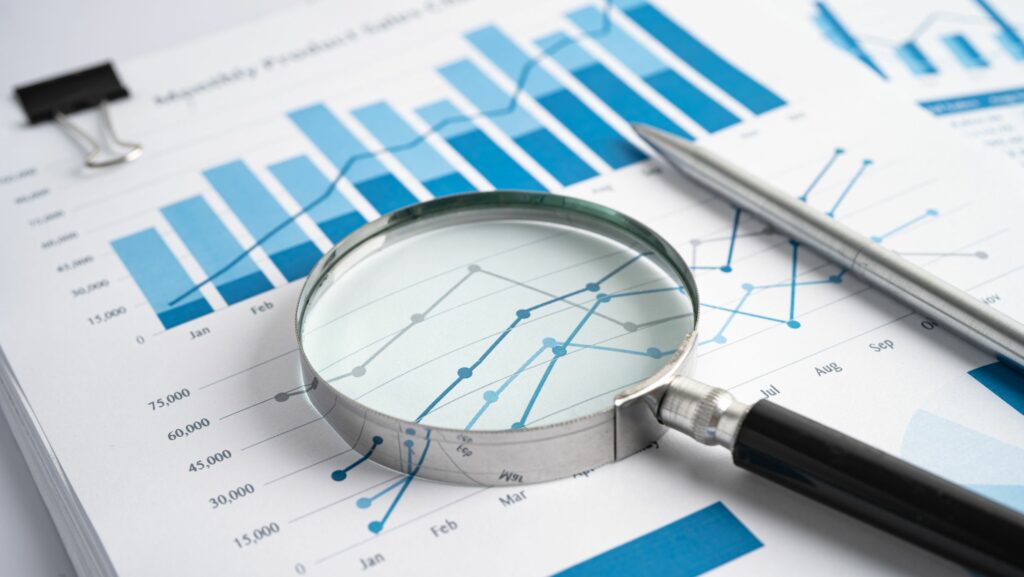Navigating goodwill auctions can be both thrilling and daunting. With a treasure trove of donated items up for grabs, understanding how to strategically approach these auctions can make a significant difference. Whether you’re a seasoned bidder or a curious newcomer, having a game plan is essential to snagging the best deals.
Goodwill auctions offer a unique blend of value and variety, making them a prime hunting ground for bargain enthusiasts. From vintage collectibles to everyday essentials, the potential finds are endless. By mastering a few key strategies, bidders can enhance their chances of success, ensuring they walk away with coveted items without breaking the bank.
Goodwill Auction Strategies
 Goodwill auctions provide a platform for people to bid on donated items ranging from antiques to electronics. These auctions, organized by Goodwill Industries, generate revenue to support their employment, training, and community services.
Goodwill auctions provide a platform for people to bid on donated items ranging from antiques to electronics. These auctions, organized by Goodwill Industries, generate revenue to support their employment, training, and community services.
- Online Auctions: Platforms like shopgoodwill.com offer online bidding on a wide variety of items.
- In-Store Silent Auctions: Local Goodwill stores may hold silent auctions for valuable items, allowing in-person bids.
- Live Auctions: Some regions host live Goodwill auctions for larger or more expensive items, creating a competitive atmosphere.
Benefits of Goodwill Auctions
- Diverse Inventory: Items include furniture, clothing, electronics, and collectibles, catering to various interests.
- Affordable Prices: Bidders can often acquire items at lower prices than retail.
- Charitable Impact: Funds raised go towards community programs and job training initiatives.
- Research Items: Understanding the value and condition of items is crucial. Websites like eBay can offer insight into market prices.
- Set a Budget: Establishing a spending limit prevents overspending and maintains financial control.
- Watch Bidding Activity: Monitoring other bids helps gauge competition and timing for placing higher bids.
Goodwill auctions attract both casual bidders and seasoned collectors, making strategic planning essential for successful acquisitions. By optimizing tactics, bidders can navigate these auctions effectively.
Key Strategies for Successful Bidding
 Successful bidding at Goodwill auctions hinges on a few essential strategies. These methods help bidders maximize their chances of securing valuable items at competitive prices.
Successful bidding at Goodwill auctions hinges on a few essential strategies. These methods help bidders maximize their chances of securing valuable items at competitive prices.
First, always determine a budget before entering an auction. This prevents overspending and ensures that funds are managed wisely. Allocate specific amounts for different types of items. For example, set $50 for collectibles, $100 for electronics, and $30 for household items. This approach provides clear financial boundaries, reducing the risk of unexpected expenses.
Next, the timing of bids significantly impacts auction success. Early bids might reveal excessive interest in an item, driving up competition. Conversely, bidding too late can result in missing out. Aim to place bids strategically toward the latter part of the auction. Monitor bid increments closely; small, frequent increases might deter less persistent bidders, securing the item at a favorable price.
Researching Items
Finally, thorough research on items up for auction is necessary for informed bidding. Use online resources to estimate the market value of similar items. Check past auction results to understand pricing trends. For instance, if similar vintage items consistently sell around $200, set your bid limit slightly below or at that threshold. Knowing the item’s condition and authenticity further guides sensible bid amounts, ensuring worthwhile investments.
Advanced Bidding Techniques
 Advanced bidding techniques can make a significant difference in winning valuable items in Goodwill auctions. Mastering these techniques involves understanding and leveraging proxy bidding and sniping.
Advanced bidding techniques can make a significant difference in winning valuable items in Goodwill auctions. Mastering these techniques involves understanding and leveraging proxy bidding and sniping.
Proxy bidding allows bidders to set a maximum bid while the system automatically places incremental bids up to that amount. This method ensures that the bidder stays competitive without constantly monitoring the auction. For example, if a vintage watch is listed and the bidder sets a maximum bid of $100, the system will start with the minimum required bid and increase it only when outbid, up to $100. By using proxy bidding, participants can automate their strategies and avoid emotional bidding that can lead to overspending. Aim to place bids strategically toward the latter part of the auction. Monitor bid increments closely; small, frequent increases might deter less persistent bidders, securing the item at a favorable price

